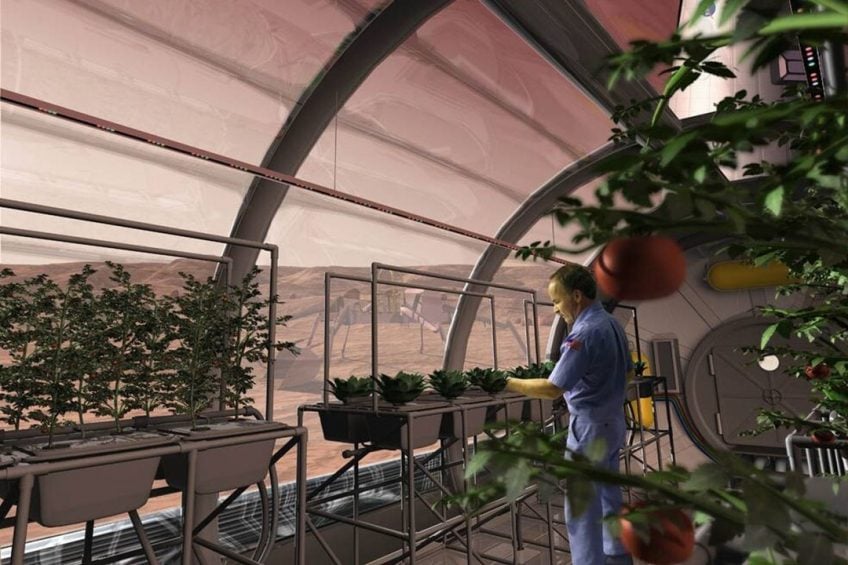How fertile can Martian soils be?

University of Georgia geologists developed artificial soil mixtures that mimic materials found on Mars. The researchers evaluated the artificial soils to determine just how fertile Martian soil could be.
The prospect of a manned mission to Mars hinges on the ability to grow food. That’s why University of Georgia geologists are figuring out how best to use the materials already on the planet’s surface.
To do that, they developed artificial soil mixtures that mimic materials found on Mars. In a new study the researchers evaluated the artificial soils to determine just how fertile Martian soil could be.
Potential fertility of Martian soil
“We want to simulate certain characteristics of materials you could easily get on Mars’ surface,” said Laura Fackrell, UGA geology doctoral candidate and lead author on the study. Simulating the mineral makeup or salt content of these Martian mixtures can tell us a lot about the potential fertility of the soil. Things like nutrients, salinity, pH are part of what make a soil fertile and understanding where Mars’ soils are at in that spectrum is key to knowing if they are viable and if not, are there feasible solutions that can be used to make them viable.”
Nitrogen, phosphorus and potassium
Despite its thin atmosphere, extreme cold and low oxygen, Mars’ surface is known to contain the majority of plant essential nutrients, including nitrogen, phosphorus and potassium.
The presence of nutrients accomplishes one of the big hurdles, but there are still more challenges. “One problem is, their presence doesn’t mean they are accessible to plants,” Fackrell said. “If you actually put a plant in the ground – just because the iron or the magnesium is there doesn’t mean the plant can actually pull it out of the soil.”
Plus, the nutrients may or may not be present in sufficient quantity or they may be so high in concentration that they are toxic to plants.
Text continues underneath image
Using simulated Martian soils, Fackrell and fellow researchers have found the textures of artificial simulants to be crusty and dried which may reflect some unexpected conditions of Mars soils that make them more difficult to use.
Adapt solutions used on Earth
Looking to agricultural science, the scientists adapt solutions used on Earth, recommendations that range from rinsing the soil to adding inoculants like bacteria or other fungi to the soil to help the plants grow.
“Specific types of bacteria and fungi are known to be beneficial for plants, and may be able to support them under stress conditions like we see on Mars,” said Fackrel.
The scientists also see implications from their research for potential innovations in agricultural research for Earth. “Anything we learn about farming on Mars could help with farming in challenging environments on Earth that help us build to a sustainable future,” Fackrell said.
Chinese drone manufacturer XAG recently hosted an international webinar on Mars farming.



